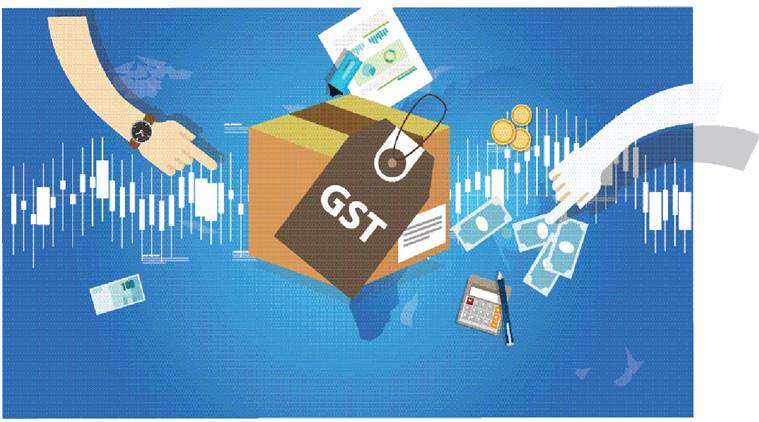
Introduced as a single tax structure to replace multiple indirect taxes, the Goods and Services Tax (GST) has served as an efficient taxation system for the country. It brings in greater transparency and streamlines the overall process of tax filing for taxpayers where they can also make their GST payment online without much hassle.
Small businesses specifically have seen a big transformation of the taxation system since the time the goods and service tax (GST) was implemented by the central government. If you’re a small business owner, here are the areas of GST that you need to be acquainted with –
How Does GST Help Small Business Owners?
The purpose of GST is to bring every indirect form of tax that existed earlier under one roof. For small-sized businesses, owners generally had to take care of a number of different taxes and countless formalities to fulfil all the tax-related documentation.
Before the implementation of GST, the total tax levied by the central and the state governments added up to 32%, but with the implementation of GST, the small business owners have to pay a much lower tax of around 18-22% only. Further, they do not have to pay different taxes to different departments. It makes the entire process much easier for every business owner.
How Can Small Businesses Register For GST?
All that the small businesses need to do is visit the gst portal and start the process of online registration.
Alternatively, there are several professional service providers which offer services for registering your business with GST and subsequently filing the GST returns as well.
GST Increases the Threshold for Registration
The GST Council has set a limit of the annual turnover of ₹40 lakhs for registration under GST with the aim to reduce the compliance pressure on small businesses.
Businesses with turnover below ₹40 lakhs do not require GST registration. This limit has been further reduced to ₹20 lakhs in case of northeastern states. Turnover here includes actual sales and sales by way of samples. However, there are certain exceptions to this rule as discussed below –
- GST registration is mandatory irrespective of the value of turnover if the supply of goods is inter-state.
- The above threshold limit is only applicable to manufacturing and not to services. The threshold for registration of service providers would remain ₹20 lakh, and in case of special category states, ₹10 lakh.
The Benefit of the Composite Scheme
In addition to the threshold of ₹40 lakhs for GST registration, the GST Council has offered an additional benefit for small businesses in the form of the Composite Scheme.
Under this scheme, businesses (with a turnover of up to ₹75 lakhs per annum) can pay a flat tax in the range of 1-5%. However, there are certain conditions and exceptions to this scheme as discussed below –
- The GST Council has specifically earmarked selected businesses where this scheme will be available
- When a business avails the composite scheme, they are not entitled to any input tax credit (ITC) on the tax paid by them on the inputs
- The composite scheme isn’t available for any business that is involved in inter-state sales
How Does GST Impact Small Business Owners?
Small business owners witness a complete transformation of the taxation system post the implementation of GST. Here is how GST impacts small business owners –
- Every registered merchant gets a GST registration number, and their PAN or permanent account number gets linked to it
- With GST, there are additional 36 returns per year to be filed on a single registration
- GST increases the compliance burden on small business owners as they need to maintain a proper account of every transaction
- The new tax structure makes it mandatory for merchants to stay updated with technology because of the way in which accounts are required to be maintained under GST, they can only be maintained properly if latest technology is used
Bottom Line
For small business owners, GST implementation makes it easier to start a business since there are lesser financial burdens of procedural requirements and minimal complications of different indirect tax rules across different states.
Overall, GST is a win-win situation for both the manufacturers (business owners) and end-users as both parties get the advantage of reduced taxes. While the manufacturer gets the benefit of input tax credits, the end-user pays only the tax charged by the last dealer/retailer in the supply chain.



